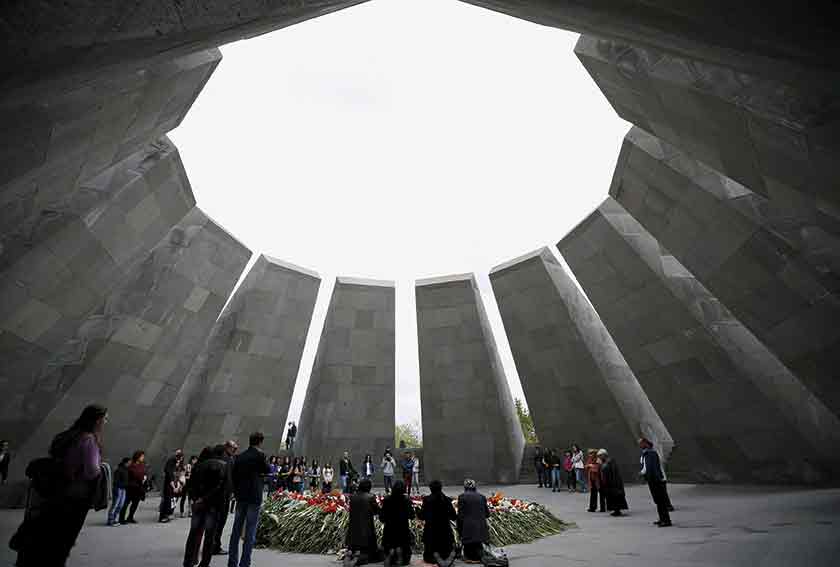From June 24-26 Pope Francis will tour Armenia on an apostolic journey that is expected to be a new milestone in ecumenical relations. The trip will conclude with the signing of a joint declaration with the Catholicos of the Armenian Apostolic Church.
– Miguel Pérez Pichel
Pope Francis' arrival in Armenia on June 24 is part of his visit to the country. call to evangelize both in the geographical and existential peripheries. It is also part of the need to promote ecumenical dialogue and strengthen ties between the Catholic Church and the Armenian Apostolic Church. In this sense, Pope Francis proclaimed the Armenian religious saint Gregory Narek as Doctor of the Church on April 12, 2015 during the Mass celebrated in St. Peter's on the occasion of the centenary of the Armenian genocide.
Armenia is a country of 3,060,631 inhabitants and an extension of 29,800 square kilometers, bordering Turkey, Georgia, Azerbaijan and Iran. The Armenian population is mainly orthodox. The 94,7 % of the population belongs to the Armenian Apostolic Church (of orthodox tradition). 4 % are Catholic or Protestant, 1.3 % are Yazidis and there is also a small Muslim community.
The Armenian Apostolic Church has its origin in the evangelization by the apostles Bartholomew and Thaddeus. Armenia adopted Christianity as its official religion in 301 during the reign of Tiridates III thanks to the work of St. Gregory the Illuminator. It is therefore the first country in the world to proclaim itself Christian. In 428 the Sassanid Persian Empire conquered the kingdom, although the Armenians managed to guarantee their religious freedom and a certain autonomy. In 506 the Armenian Christians accepted monophysitism. In the 7th century the Islamic caliphate, which arose on the Arabian Peninsula, absorbed Armenia. The country managed to establish a wide autonomy from Arab power after a revolt in 780. It regained its independence in 885. From that date on, the Armenians had to deal with the expansionist pretensions of Byzantines and Arabs, as well as with the invasions of Turks, Mongols and other Asian peoples. This situation left the Armenian kingdom exhausted before the rising Ottoman power at the end of the Middle Ages.








